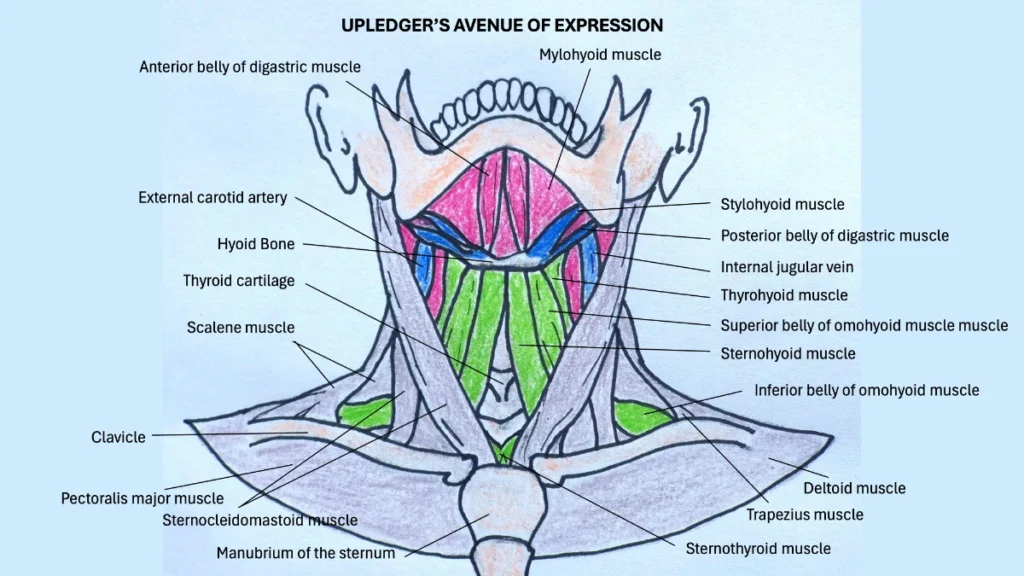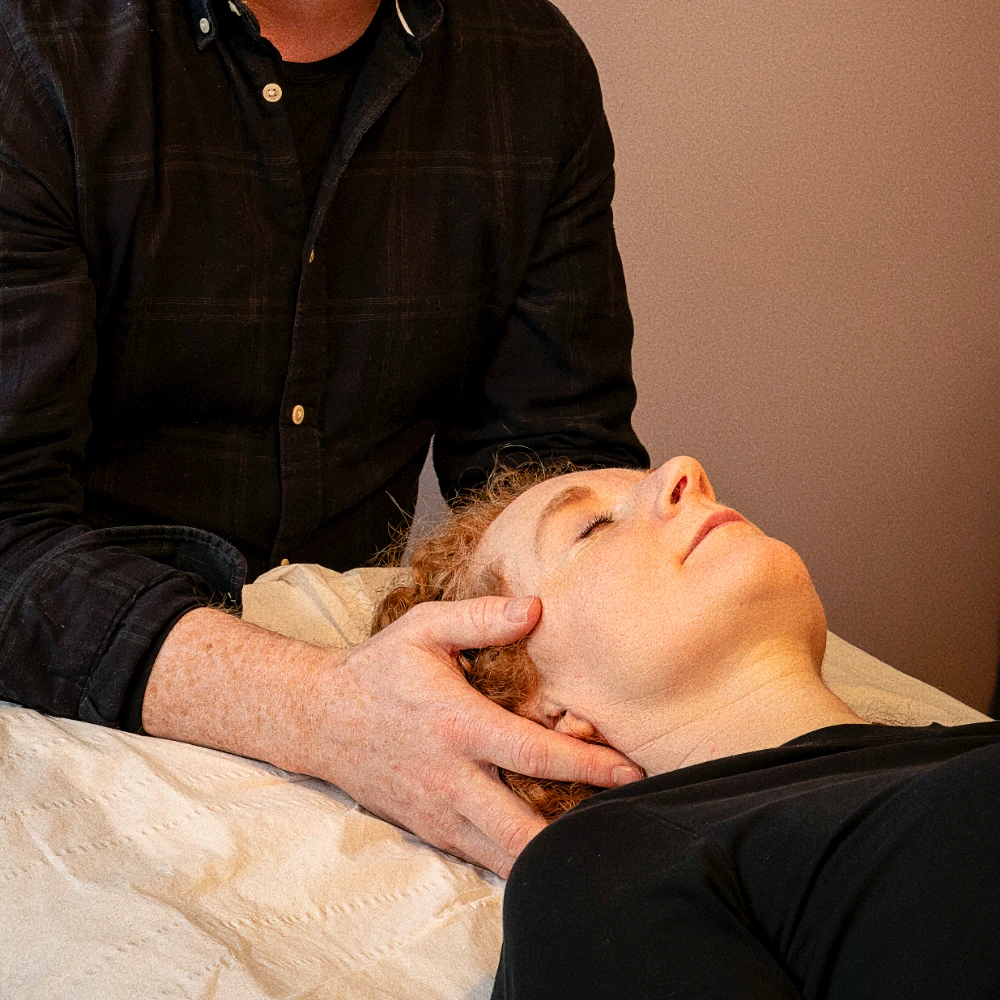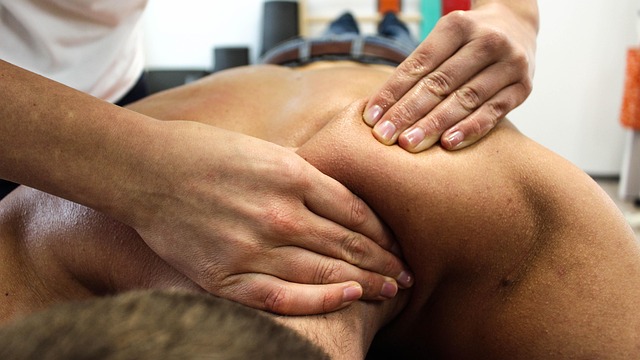“I get tongue tied, I’m stuck in my head”, or “I can’t seem to find the right words.”……….“I’d rather keep my feelings to myself. ……. “Why is it when I want to say something it never comes out the way I meant?” ……… “I often feel like I have a lump in my throat when conflict arises.”
These are common things I hear in my craniosacral clinic. They are often as a result of years of an inability to express ourselves. Being the youngest of six from a big family I quickly learned my place -when to speak and when not to. Being a male also has affected my ability to be able to express myself in a kind and meaningful way. So quickly we can jump to bursts of anger, give the silent treatment or the cold shoulder and in doing so alienate ourselves from our families and those closest to ourselves, and most importantly we distance ourself from our own self.
Why does this happen?
Our learned behaviours often come from our early relationships and family experiences, and are shaped by how we were reared, the school we went to, whether we had a chance to express ourselves or whether we had to “be seen and not heard.” It can be the result of experienced trauma which we continue to hold in our bodies and this inhibits our ability to express ourselves in an open, free and considered way. Holding in our fears and emotions creates an inability for us to express ourselves- both the difficult and often the joyful emotions too. Not expressing ourselves results in us repeating our old patterns.
What is the Avenue of Expression?
The Avenue of Expression is comprised of all structures, tissues, fluids and energies involved in oral expression of thoughts images, feelings, emotions. Each of these components has at least some influence over the ability of a person to express themselves by making sounds or speaking words.

What can I do about it?
A phrase we often use in craniosacral therapy is that “It’s in the tissues.” If we can release the blockages in those tissues, we can begin to regain agency and express ourselves in a more coherent, healthy and clear way. When the craniosacral therapist makes contact with a client through light touch (5g), they are tuning in to their history, and with a compassionate and non-judgemental presence, can create safety to allow the client express their “disallowed” feelings.
Using specific techniques to release restrictions in the upper chest, neck, head and mouth, the communication channel has more freedom of movement to allow for a healthier way of being. It is in relationship we experience trauma and in relationship we heal from it.
What to expect from a treatment on the Avenue of Expression?
While every client has a unique lived experience, work on the Avenue of Expression usually occurs after clients have had a number of craniosacral sessions. This is to allow the development of relationship and trust, a deepening of their own body awareness and the preparatory work of releasing larger areas of tension and dysfunction first to facilitate the finer releases in the Avenue of Expression.
Lying on your back fully clothed and with shoes off, the therapist listens through palpating with hands the areas of the upper back, neck and throat, releasing the muscles and connective tissue before moving onto the bones of the cranium and its membranes. Intra-oral work or mouth-work is usually essential to fully release the Avenue of Expression. With a gloved and extremely gentle hand the therapist releases the bones of the face, the membranes of the cranium and soft tissue of the mouth and tongue, and then the teeth. A rebalancing of the cranial bones and a release of the TMJ (temporal mandibular joint) finishes the protocol of techniques.
The craniosacral techniques for freeing the Avenue of Expression have been shown to:
- facilitate the articulation and communication of one’s truth.
- improve swallowing, breathing, teeth alignment, and temporomandibular movement (opening and closing the mouth).
- assist the release of structural issues, such as cervical, lumbar and pelvic dysfunctions
- support the therapeutic capacity for imagery and dialogue.
- be an essential part of SomatoEmotional release.
- enhance self-awareness.

